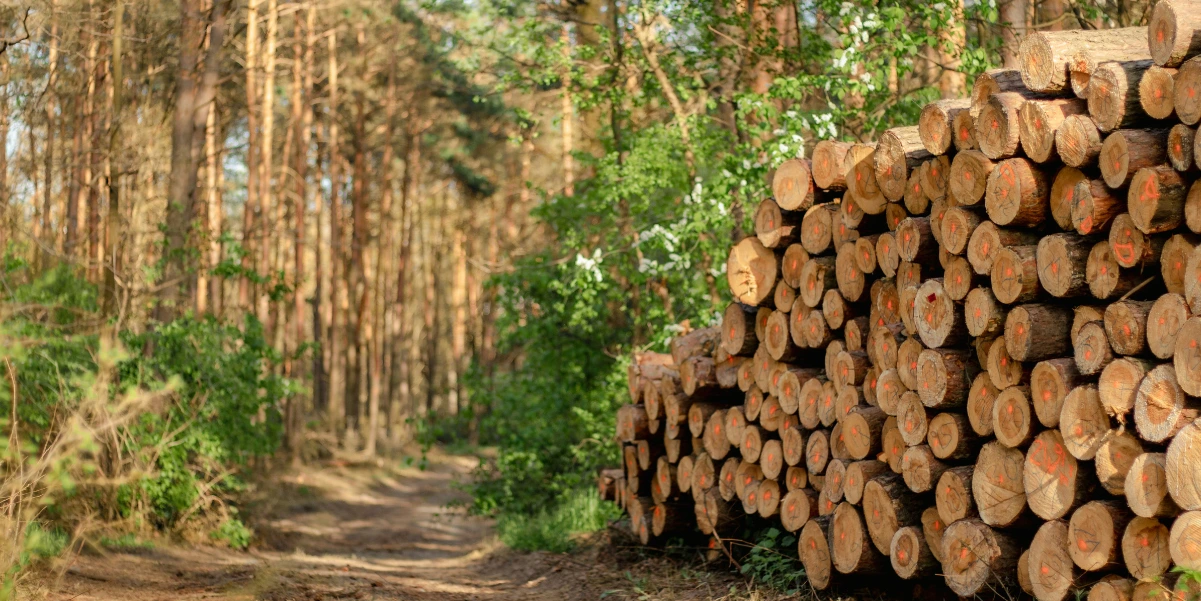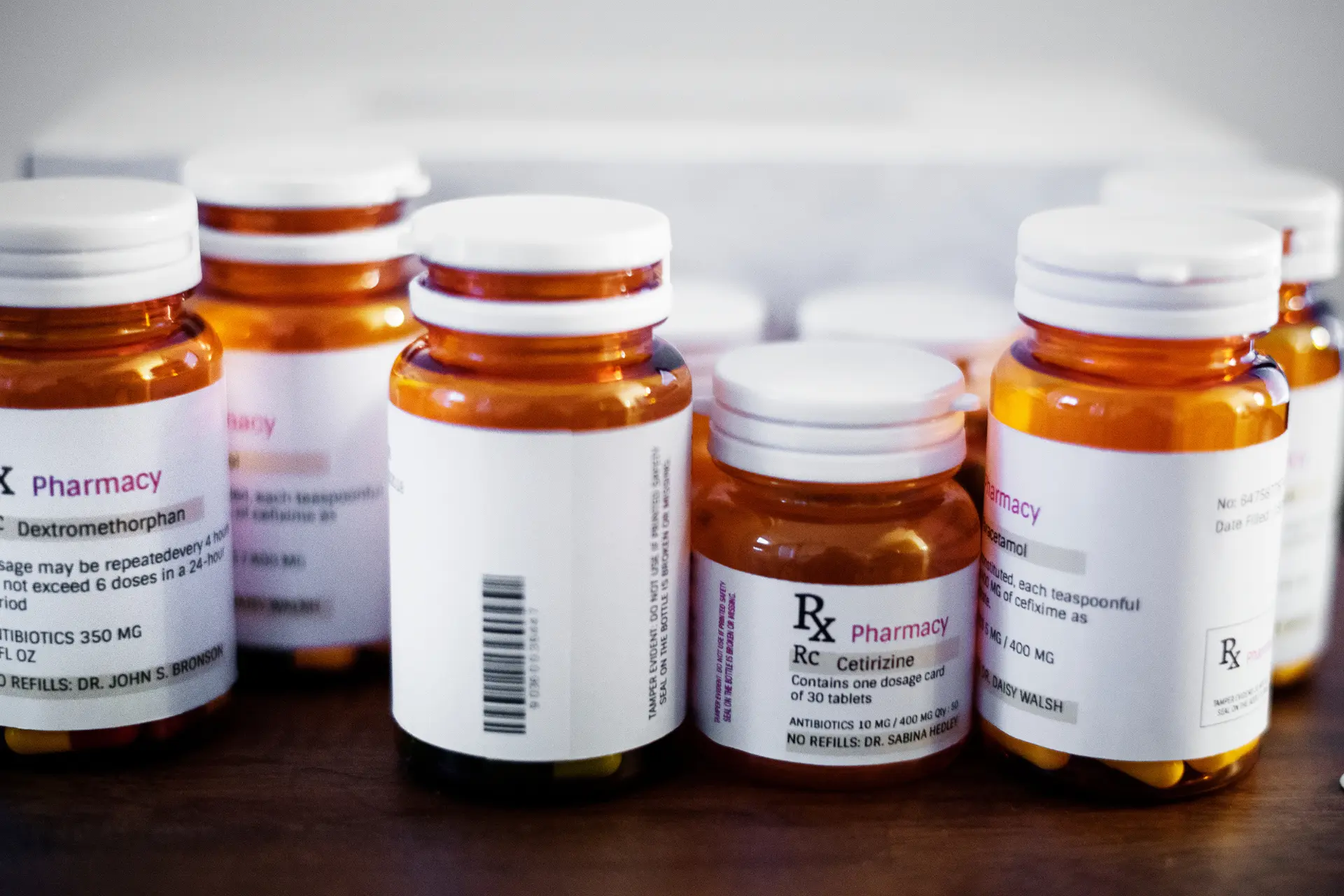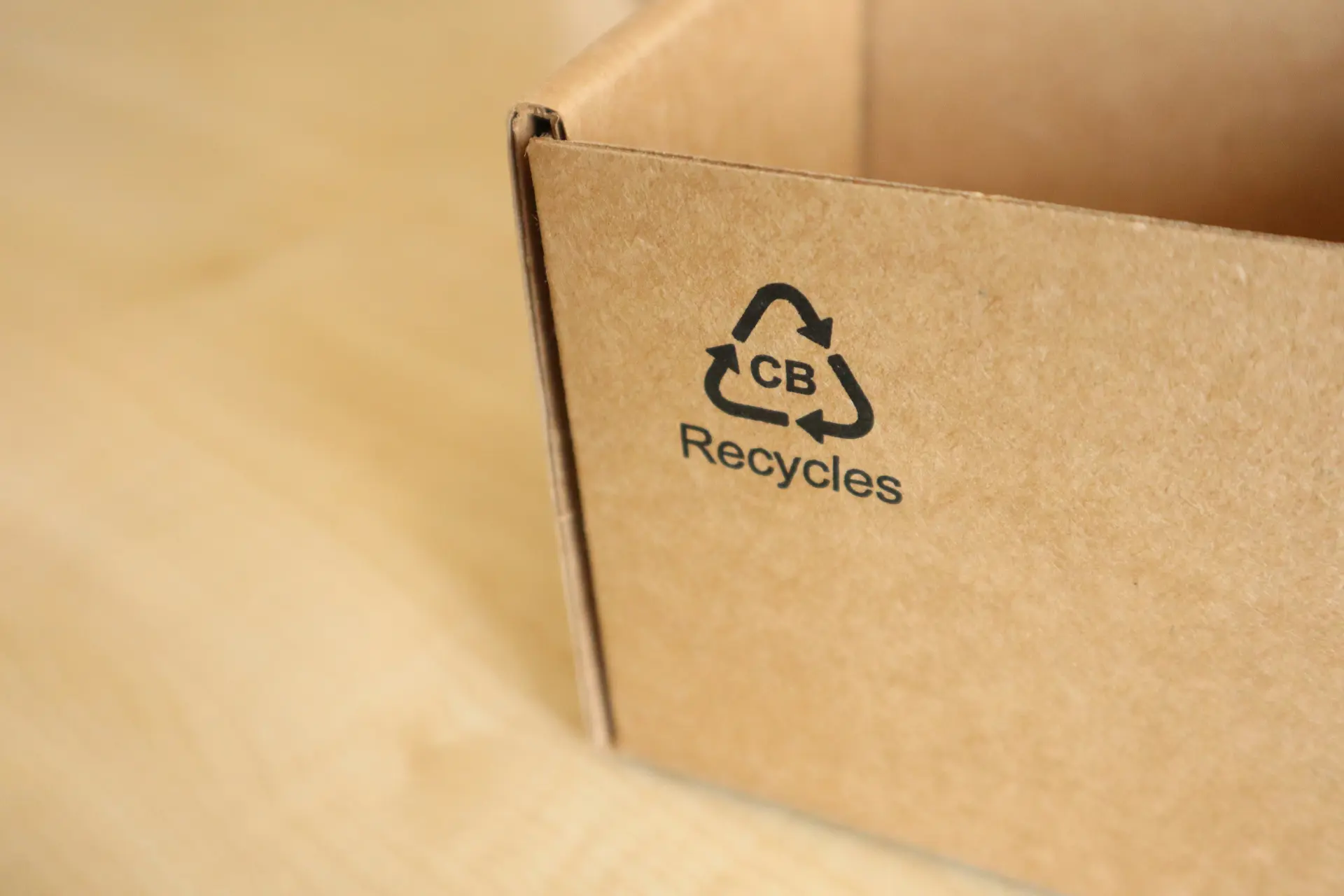Introduction: Why the FSC Label Matters
Sustainability is no longer just a trend—it is a necessity in today’s business landscape. With growing concerns about deforestation, climate change, and environmental degradation, both consumers and businesses are demanding greater transparency and accountability in sourcing materials.
One of the most trusted certifications for responsible forestry is the FSC label, issued by the Forest Stewardship Council (FSC). This label assures customers and stakeholders that a product comes from well-managed forests, controlled sources, or recycled materials, supporting ethical and sustainable practices.
For businesses involved in packaging, printing, manufacturing, and retail, obtaining an FSC label is not just about compliance—it’s about gaining a competitive edge in a sustainability-conscious marketplace.
At 4 Pack, we specialise in providing businesses a solution that allows them to manage their packaging data effectively, helping ensure compliance with international sustainability standards while helping them unlock new market opportunities. In this guide, we’ll walk you through everything you need to know about obtaining an FSC label, from certification requirements to the application process, costs, benefits, and best practices for maintaining compliance.
What Is the FSC Label?
The FSC label is one of the most globally recognized and trusted certifications for responsible forestry. Issued by the Forest Stewardship Council (FSC), this label provides assurance that a product has met strict environmental, social, and economic sustainability standards. When consumers see the FSC label, they can trust that the materials used in the product have been sourced in a way that protects forests, biodiversity, and the rights of local communities.
The FSC label is widely used in packaging, printing, manufacturing, retail, and construction industries, ensuring that businesses uphold sustainable practices and comply with increasing environmental regulations. It also helps companies meet corporate social responsibility (CSR) goals while providing a competitive advantage in markets where sustainability matters.
To ensure complete transparency and credibility, the FSC has established three distinct labels, each indicating different levels of environmental responsibility:
1. FSC 100%
✔ What It Means:
The FSC 100% label signifies that all the wood or fiber content in the product comes from FSC-certified forests. This is the highest standard for environmental and social responsibility, ensuring that every stage of the supply chain follows FSC’s rigorous sustainability guidelines.
✔ Why It’s Important:
- Guarantees that the product is sourced entirely from responsibly managed forests.
- Helps businesses promote the strongest commitment to forest preservation.
- Supports conservation efforts, including biodiversity protection and fair labor practices.
- Ensures that the forests used in production are actively replenished and managed for long-term sustainability.
✔ Where You’ll Find It:
- Wooden furniture (tables, chairs, cabinets)
- Paper products (notebooks, stationery, book covers)
- Construction materials (plywood, flooring, timber)
- Luxury packaging (boxes, gift bags)
2. FSC Recycled
✔ What It Means:
The FSC Recycled label is given to products made entirely from recycled materials, with no virgin forest materials involved. This label is essential in reducing deforestation, promoting a circular economy, and ensuring that forest-based resources are used efficiently and responsibly.
✔ Why It’s Important:
- Reduces the demand for freshly harvested timber, helping to preserve natural forests.
- Promotes a circular economy, ensuring that previously used materials get a second life.
- Helps businesses meet eco-friendly packaging and carbon reduction targets.
- Aligns with sustainability goals for companies looking to minimize their environmental footprint.
✔ Where You’ll Find It:
- Recycled paper and cardboard packaging
- Newspapers, magazines, and books
- Recycled office supplies (folders, envelopes)
- Eco-friendly tissues, napkins, and paper towels
3. FSC Mix
✔ What It Means:
The FSC Mix label indicates that a product is made from a combination of:
- FSC-certified materials.
- Recycled materials.
- Controlled wood (from sources that meet minimum FSC sustainability criteria but are not yet fully certified).
This label provides a flexible approach for businesses transitioning to full FSC certification, while still reducing reliance on unsustainable logging practices.
✔ Why It’s Important:
- Helps businesses gradually transition towards 100% FSC-certified sourcing.
- Reduces the risk of illegally logged or unsustainable wood entering supply chains.
- Ensures that products still meet high sustainability standards, even if they contain a mix of materials.
- Provides cost-effective solutions for industries that rely on complex supply chains.
✔ Where You’ll Find It:
- Retail packaging (paper bags, shipping boxes)
- Furniture and flooring
- Food and beverage cartons
- Branded promotional materials
Why FSC Labels Matter for Businesses and Consumers
For businesses, carrying an FSC label is a powerful marketing tool that signals a commitment to sustainability. It also helps businesses:
- Meet global regulations on responsible sourcing.
- Improve brand reputation by showcasing environmental responsibility.
- Gain a competitive advantage in the eco-conscious market.
- Increase trust and transparency with customers and stakeholders.
For consumers, an FSC label makes it easier to:
- Identify eco-friendly products.
- Support companies that prioritize ethical sourcing.
- Reduce their environmental impact by choosing sustainably sourced goods.
Who Needs an FSC Label?
If your business produces, distributes, or sells products made from wood, paper, or forest-based materials, obtaining an FSC label can add credibility to your brand. Industries that typically require FSC labels include:
- Packaging and Printing – Boxes, cartons, labels, paper bags, and shipping materials.
- Manufacturing – Paper, wood-based products, furniture, and construction materials.
- Retail and Consumer Goods – Branded packaging, clothing tags, and sustainable packaging for food and beverage products.
- Publishing – Books, magazines, newspapers, and office stationery.
As regulations and consumer expectations shift towards sustainability, FSC certification has become a crucial factor for businesses that rely on forest-derived materials.
Why Get FSC Certified?
1. Market Access and Brand Credibility
Many major retailers and corporations require FSC certification for procurement. Certification opens doors to larger markets and supply chains, giving businesses a competitive edge.
2. Regulatory Compliance
The EU Deforestation-Free Regulation (EUDR) and similar laws worldwide are tightening regulations on forest-based products. Having an FSC label helps businesses align with these compliance requirements.
3. Meeting Consumer Demand for Sustainability
Studies show that sustainability-conscious consumers prefer FSC-certified products. Having an FSC label builds trust and enhances brand reputation.
4. Contribution to Environmental Protection
By supporting responsible forestry, FSC-certified businesses help protect biodiversity, prevent deforestation, and promote sustainable resource management.
5. Increased Investment and Business Opportunities
Many investors and stakeholders favor businesses that prioritise sustainability, making FSC certification an attractive corporate responsibility initiative.
Understanding FSC Certification: The Key to Obtaining an FSC Label
Before applying for an FSC label, businesses must first obtain FSC certification. There are two main types of certification:
1. Forest Management Certification
For forest owners and managers who want to prove responsible forestry practices, ensuring forests are managed sustainably while supporting biodiversity and local communities.
2. Chain of Custody (CoC) Certification
For manufacturers, processors, and retailers handling FSC-certified materials in their supply chains. It verifies that FSC materials are tracked and separated from non-certified materials from forest to finished product.
Most businesses seeking an FSC label require Chain of Custody (CoC) Certification to prove that their products maintain sustainability integrity.
Step-by-Step Guide: How to Get an FSC Label
Step 1: Determine Your Certification Needs
- Do you manufacture, print, or process FSC materials? You need Chain of Custody Certification.
- Do you sell FSC products without changing them? You need an FSC Promotional License.
Step 2: Choose an FSC-Accredited Certification Body
FSC certification is issued by third-party certification bodies. Businesses must select an FSC-accredited certifier to audit their operations.
Step 3: Conduct an Internal Audit
Before the formal FSC audit, businesses should evaluate:
- Supply chain documentation
- Storage and handling of FSC-certified materials
- Chain of Custody procedures
Step 4: Undergo an FSC Certification Audit
An FSC-accredited certifier will conduct an on-site audit, assessing:
- Material sourcing and traceability
- Compliance with FSC sustainability standards
- Documentation and supply chain integrity
Step 5: Receive FSC Certification
If your business meets all FSC standards, you will receive an FSC certificate, allowing you to use the FSC label on your products.
Applying the FSC Label: Rules and Compliance
Once certified, businesses must ensure that FSC labels:
- ✔ Are applied correctly to packaging or products.
- ✔ Follow FSC branding and logo guidelines.
- ✔ Do not misrepresent FSC certification.
At 4 Pack, we empower businesses in ensuring proper use of FSC labels to avoid compliance violations.
Costs and Timeline for FSC Certification
Costs vary depending on:
- Certification body fees
- Audit and renewal costs
- Ongoing compliance and reporting requirements
The typical timeline for FSC certification ranges from 3 to 6 months, depending on audit complexity.
Common Challenges and Solutions
Challenge 1: Complex Supply Chains
✔ Solution: Implement robust traceability systems to track FSC materials.
Challenge 2: Certification Costs
✔ Solution: Consider FSC group certification for cost savings.
Challenge 3: Labeling Compliance
✔ Solution: Work with 4 Pack to ensure correct FSC label use.
Get Your FSC Label with The Help of 4 Pack Solutions
Obtaining an FSC label is an essential step toward sustainability, compliance, and business growth. Whether you’re a manufacturer, retailer, or supplier, FSC certification ensures your business meets the highest environmental standards.
At 4 Pack, we specialise in helping businesses navigate the FSC certification process with expert support and tailored solutions.
📞 Contact us today to start your FSC certification journey!



